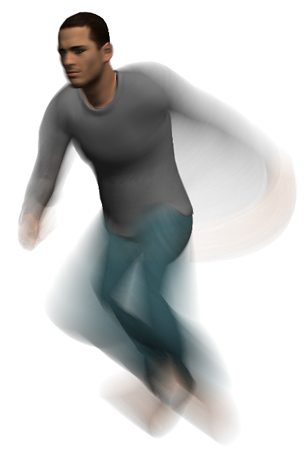Theory and Analysis of Higher-Order Motion Blur Rasterization
High Performance Graphics, 2013.

Abstract
A common assumption in motion blur rendering is that the triangle vertices move in straight lines. In this paper, we focus on scenarios where this assumption is no longer valid, such as motion due to fast rotation and other non-linear characteristics. To that end, we present a higher-order representation of vertex motion based on Bézier curves, which allows for more complex motion paths, and we derive the necessary mathematics for these. In addition, we extend previous work to handle higher-order motion by developing a new tile vs. triangle overlap test. We find that our tile-based rasterizer outperforms all other methods in terms of sample test efficiency, and that our generalization of an interval-based rasterizer is often fastest in terms of wall clock rendering time. In addition, we use our tile test to improve rasterization performance by up to a factor 5× for semi-analytical motion blur rendering
Downloads
An author-generated version of the paper. [pdf 18.2 MB]
Presentation [pdf 3.1 MB]
Movies (QuickTime): Ben [2.8 MB], Hand [2.8 MB], Wooddoll [1.7 MB]